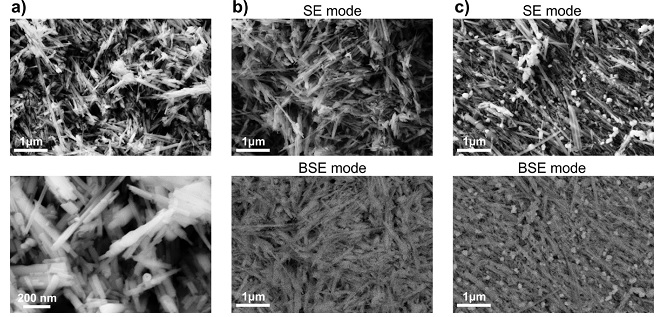NANOSYSTEMS: PHYSICS, CHEMISTRY, MATHEMATICS, 2018, 9 (3), P. 410–416
On an adsorption/photocatalytic performance of nanotubular Mg3Si2O5(OH)4/TiO2 composite
A. A. Krasilin – Kurnakov Institute of General and Inorganic Chemistry of the Russian Academy of Sciences, 31 Leninsky prospect, Moscow 119991; Ioffe Institute, 26 Politekhnicheskaya street, St. Petersburg, 194021, Russia; ikrasilin@gmail.com
I. S. Bodalyov – Saint-Petersburg State Institute of Technology, 26 Moskovskiy Prospekt, St. Petersburg 190013, Russia
A. A. Malkov – Saint-Petersburg State Institute of Technology, 26 Moskovskiy Prospekt, St. Petersburg 190013, Russia
E. K. Khrapova – Ioffe Institute, 26 Politekhnicheskaya street, St. Petersburg, 194021, Russia
T. P. Maslennikova – Institute of Silicate Chemistry, Russian Academy of Sciences, 2 Naberezhnaya Admirala Makarova, St. Petersburg 199034, Russia
A. A. Malygin – Saint-Petersburg State Institute of Technology, 26 Moskovskiy Prospekt, St. Petersburg 190013, Russia
Here, we study a performance of nanotubular Mg3Si2O5(OH)4/TiO2 hybrid adsorbent/photocatalyst in the process of decolorizing an aqueous solution of crystal violet. The composite material was produced by hydrothermal treatment with one or more subsequent cycles of TiCl4 treatment and vapor-phase hydrolysis according to the molecular layering technique. Decolorization was observed in situ by UV-VIS spectroscopy. It was found that TiO2 deposition yields 2 to 3 times improvement of decolorization performance. Depending on TiO2 phase type – amorphous or crystalline – this rise is related with either enhancement of adsorption rate either appearance of photocatalytic activity. Finally, fitting procedure issues in case of complex decolorization process were discussed.
Keywords: chrysotile nanotubes, titanium tetrachloride, titanium oxide, crystal violet dye, adsorption, photocatalysis, water remediation.
PACS 68.43.Mn, 82.65.+r
DOI 10.17586/2220-8054-2018-9-3-410-416
